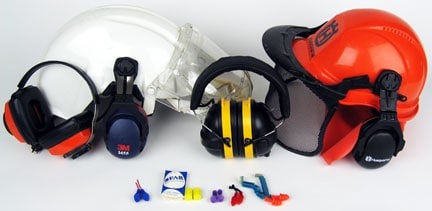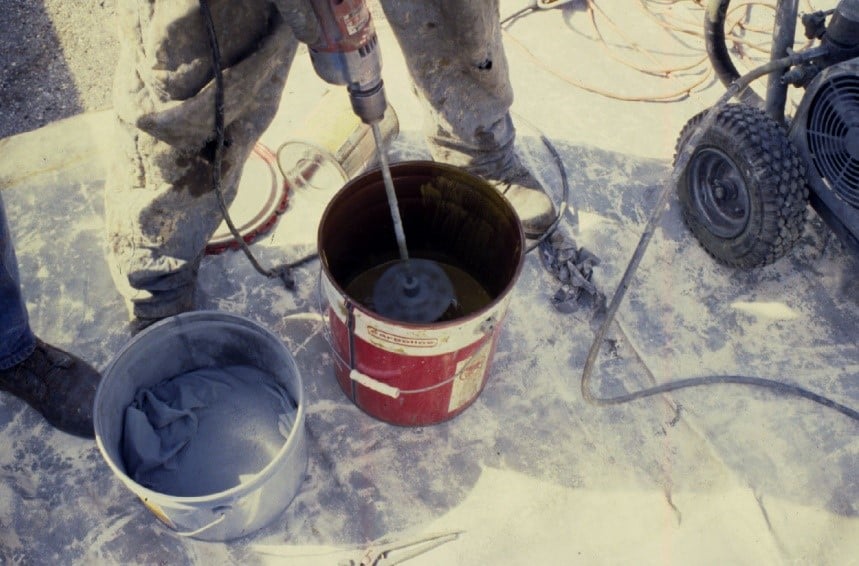Use of Overhead Cranes, Powered Industrial Trucks, and Slings – Risks of Unsafe Use and OSHA/ANSI Requirements for Training and Operation
Introduction Efficient handling of materials is vital to the steel fabricating and coating shop processes. These facilities typically employ powered industrial trucks, overhead and gantry cranes, and slings to move tons of materials such as steel within the confines of a building, between buildings, and to/ from transportation vehicles. Material handling is not done without […]









